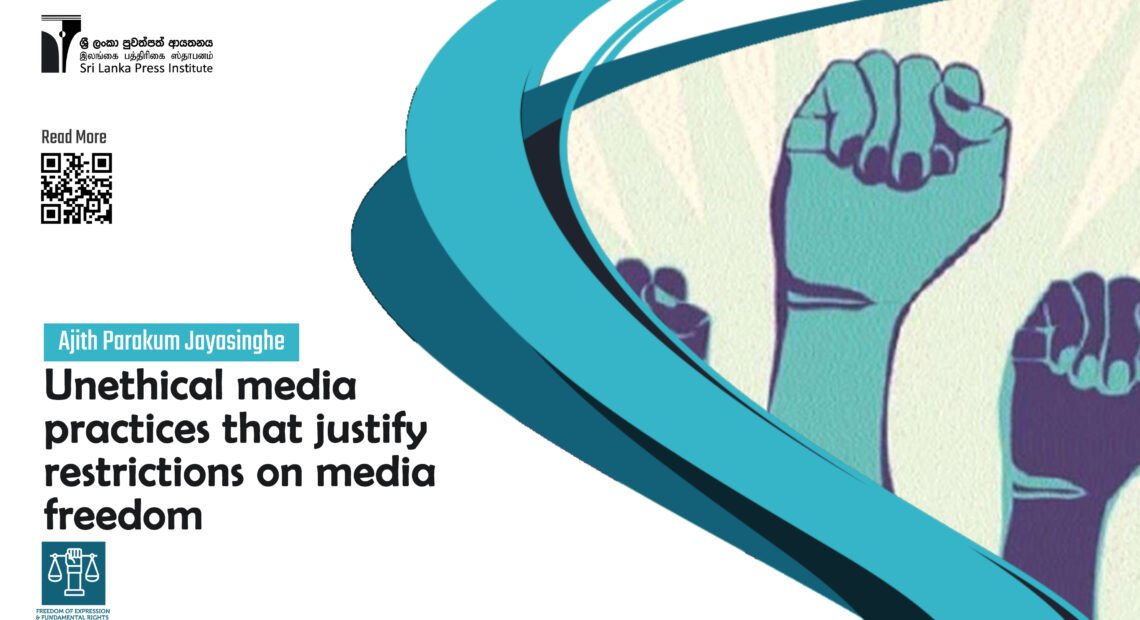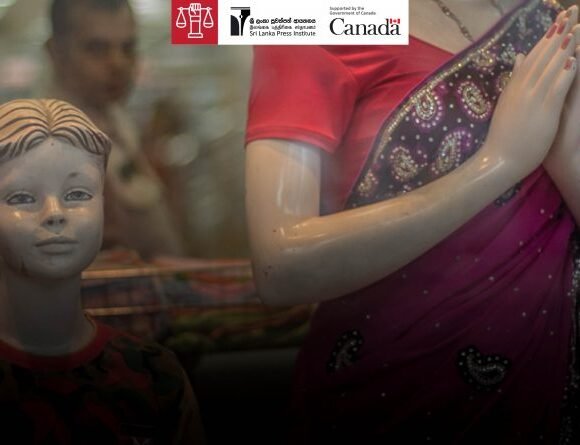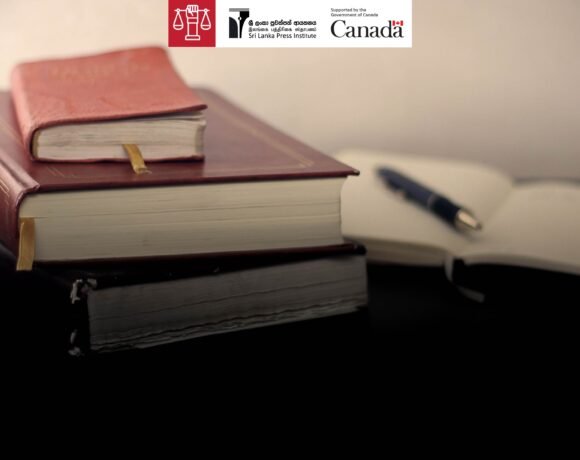
Unethical media practices that justify restrictions on media freedom
Ajith Parakum Jayasinghe
The new Brandix COVID-19 cluster comprising employees and its associates of the company’s Minuwangoda factory resulted in the government deciding to impose police curfew in some parts of the country. Fake News however spread across social media informing people that it was an island-wide lockdown instead of a zonal curfew. Released on the letterhead of the Presidential Secretariat and containing the Derana TV logo, the creator of the fake news post (an 18-year-old) was arrested and produced before the main Magistrate’s Courts in Colombo on 9th October 2020.
The police reported to the court that he had committed an offense under the Computer Crimes Act No. 24 of 2007 for endangering national security and attempting to create unrest among the public. The youth was remanded until October 22. Many in the country, like in the case of this 18-year-old are unaware that releasing fake news is a punishable offence under Sri Lankan law.
Thanks to technological advances, posts of this nature can be created in a matter of minutes. A few more minutes and the post can go viral, causing grave damages.
As per 6. (1) of the act, any person who intentionally causes a computer to perform any function, knowing or having reason to believe that such function will result in danger or imminent danger to— (a) national security; (b) the national economy; or (c) public order, shall be guilty of an offence and shall on conviction be punishable with imprisonment of either description for a term not exceeding five years
This year alone, many Sri Lankans have been arrested for creating and circulating such fake news. It is uncommon for fraudulent behavior of this nature to go unnoticed by law enforcement anymore. One such example, where an actual news article was manipulated to create fake news is presented below:
The actual article is below:
Based on this example it is evident that the existing legal framework is insufficient when it comes to combatting this kind of malicious fake news from spreading. It is also clear that laws alone cannot combat the viral spread of fake news since these posts are the results of political motivations and financial gain making it impossible to stop. In this context, it is essential that consumers of media (especially social media) are able to identify false posts and fake news.
In the age of social media, the barrier between content creator and content consumer is becoming less visible. The freedoms that social media channels provide enables anyone to create media and not just publishers and journalists. There is also no limit to the extent that any post can travel due to the viral nature of social media. The result of these mediums are the emergence of non-literate journalists among us.
This situation has a profound effect on media professionalism and freedom of expression. False news, misinformation and gossip/hearsay create problems for the state but and for our individual rights. Society needs legislatures to prosecute perpetrators of misinformation because many could use freedom of expression towards their own personal gain irrespective of damages to others. Freedom of expression is severely challenged by the repression of investigative reporters and referendum builders who restrict and challenge freedom of expression.
Let’s take the legal actions against writer Shakthika Sathkumara and social media influencer Ramzi Razik as examples. The International Covenant on Civil and Political Rights was the vehicle used to imprison them without bail and can be seen as sharp challenges to freedom of expression. Dealing with fake news and not interfering with freedom of expression are issues that need to be managed carefully.
There are four main types of media content available to us: news, ideologies, opinions/ propaganda and advertising. In particular, creativity is paramount when producing propaganda. It is also problematic because this can contribute to the posts not being seen as fake news due to the legal and ethical tactics adopted to get attention there.
The best example here are our street side apple vendors. Low quality apples being sold under the moniker “Ragala Apples” is not an effective method of promotion. It can be seen as an illegal and unethical practice. If and when such incidents occur in advertising or marketing activities, both seller and producer can be sued. The problem in this analogy is that contemporary media also works like these apple salesmen; the boundaries are so thin that we are unable to distinguish between advertising or news and propaganda. For example, interviews with politicians during the last election were frequently posted on YouTube. The interviews did not mention that they were paid for by the channel. As such, not all mistakes are made on social media alone.
Due to the emergence of social media, mainstream media often work in a highly competitive environment to be seen or heard. For instance, even newspaper publishes paid advertisements as articles instead of as advertisements. These are called advertorials but it is not always clear that it is paid content. Even news that is broadcast on mainstream television channels aren’t always news. Essentially these are all complex issues rising from within the media landscape itself.
There is a popular saying that the freedom you have to wield the stick in your hand is limited to you reaching the other person’s nose. It also applies to freedom of expression. Abuses of freedom of expression arise in the media itself. The actions taken by the state against such abuses affect freedom of expression itself. To prevent this vicious cycle, the collective responsibility of journalists and readers is needed. To put it simply: media misconduct on the part of journalists must stop. Further, readers must be prudent enough to recognize such situations immediately and reject media abuses immediately.








